Employee Turnover: How To Calculate It and Retain Great Staff
Employee turnover is the rate at which employees leave a company over a period of time (usually measured annually). Voluntary turnover is when staff choose to move on, whereas involuntary turnover refers to the termination of an employee’s contract due to low performance or unacceptable behaviour.
A high employee turnover is a red flag. No company wants the cost of perpetually hiring new staff. Employing a head-hunter adds up to as much as 15-25% of the individual’s salary. And training new hires requires significant use of time and resources. It also prevents your teams from working effectively together- if they don’t have the opportunity to get to know each other’s strengths and weaknesses.

In recent years, voluntary turnover has been rising. With the downturn in the job market due to the Coronavirus pandemic, this may decelerate. However, managers should never take employee retention for granted. By establishing a healthy, engaging work environment, and by providing opportunities for learning and development, managers can create a sustainable employee turnover.
How to calculate employee turnover?
With this in mind, why not start tracking employee turnover? You can do this monthly or annually- or both, by taking an average over the course of a year. An annual turnover rate provides a more complete overview.
To do so you will need : 1) The number of working employees at the start of the month 2) The number of working employees at the end of the month 3) The number of employees who left the company that month.
Use this formula for annual turnover :
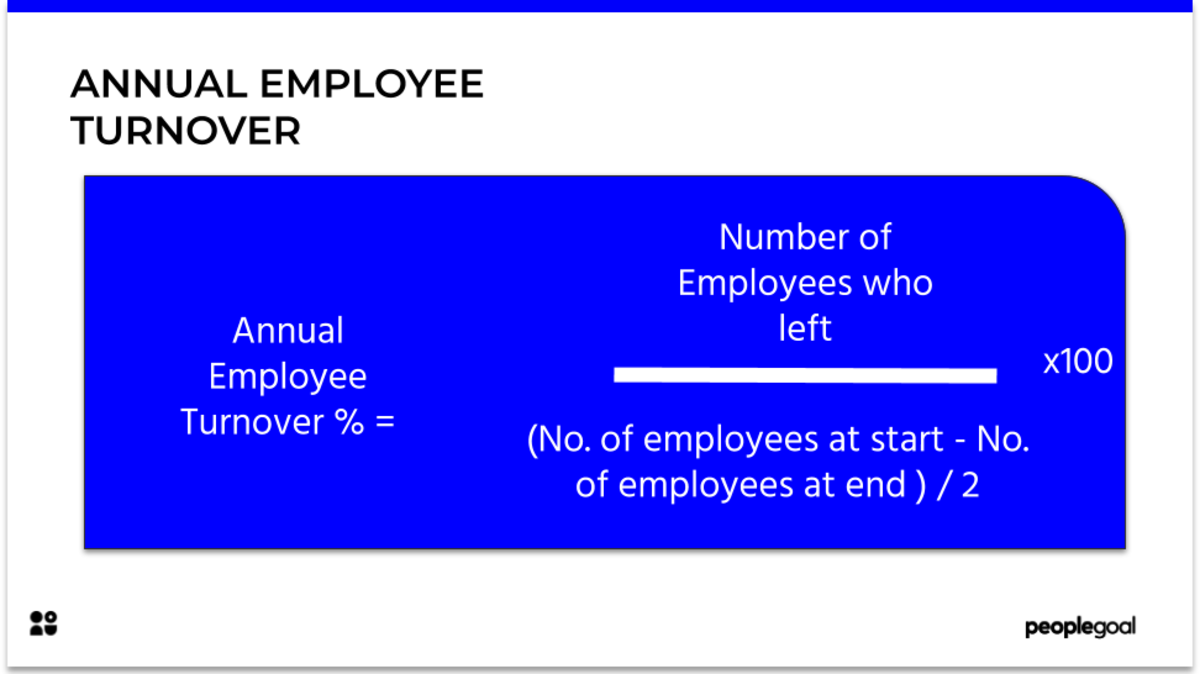
Monthly turnover can provide a more specific average over the course of the year. To calculate this, use the same formula :
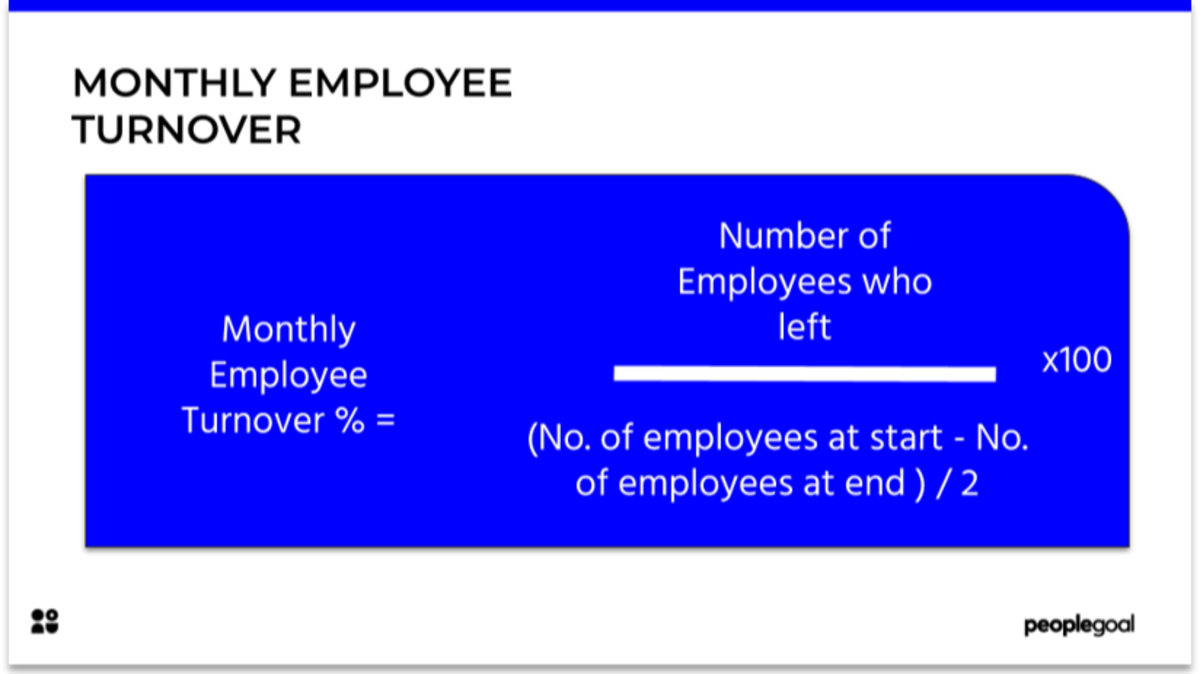
Once you have a monthly turnover for 12 months – the annual turnover is the cumulative sum of these percentages.
What a high employee turnover might be telling you
Now you have the numbers in front of you, it’s time to face the facts. Why might your turnover be unsustainably high? Remember, managing staff is a learning curve, and the point of gathering this information is to help your business grow. Be responsive to these details and create a strategy for preserving talented staff. Below are some key points to consider when going about this.
1) Take a closer look at company culture
Creating a positive company culture is an open process. While ideally culture should be consistent, this is often not the case. At times of challenge, employees are stretched to their limits, and what is ordinarily a positive work environment may become stressful and cause burn-out. Conversely, a lack of development opportunities reduces job satisfaction. A company’s values may not be as solid and unchangeable than appear- as surveys reveal the disparity between employee experience and the company’s supposed principles.
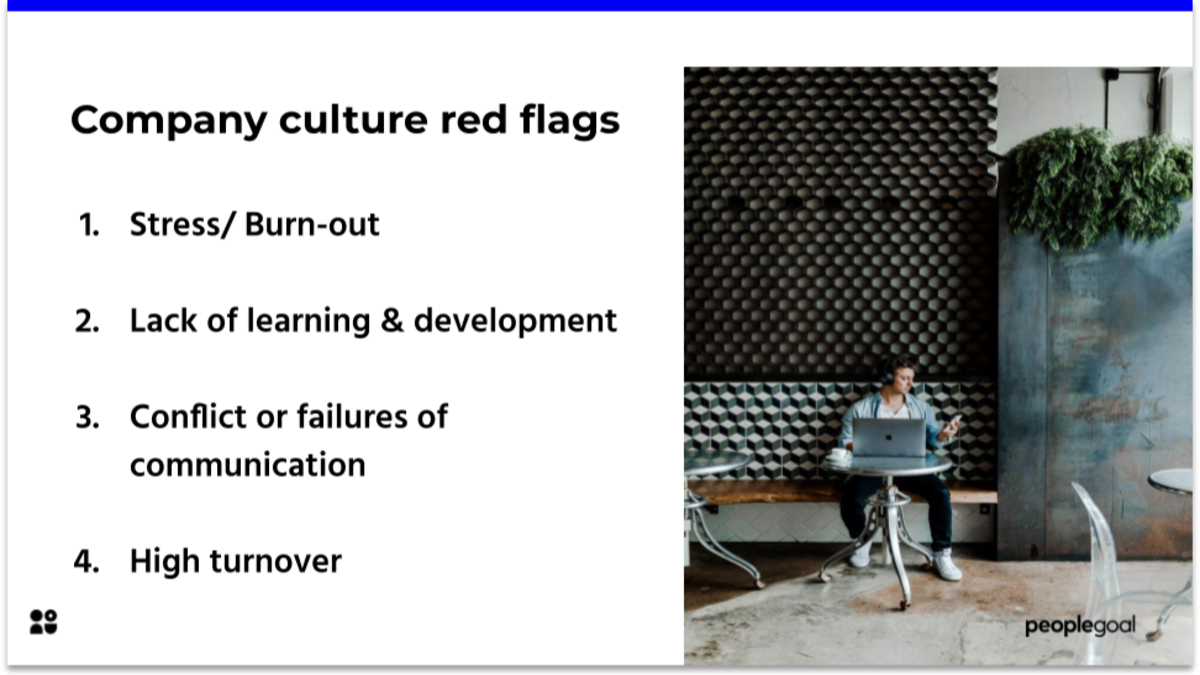
2) Give employees a voice
Design a company culture survey and encourage staff to be honest about their experiences. Managers and HR professionals are shocked when an employee leaves suddenly – but if you aren’t creating an environment where hires can securely voice their concerns, you can expect some flight risks! As well as surveys, adopt open communication with your staff, so that they feel comfortable coming to managers and HR with any issues.
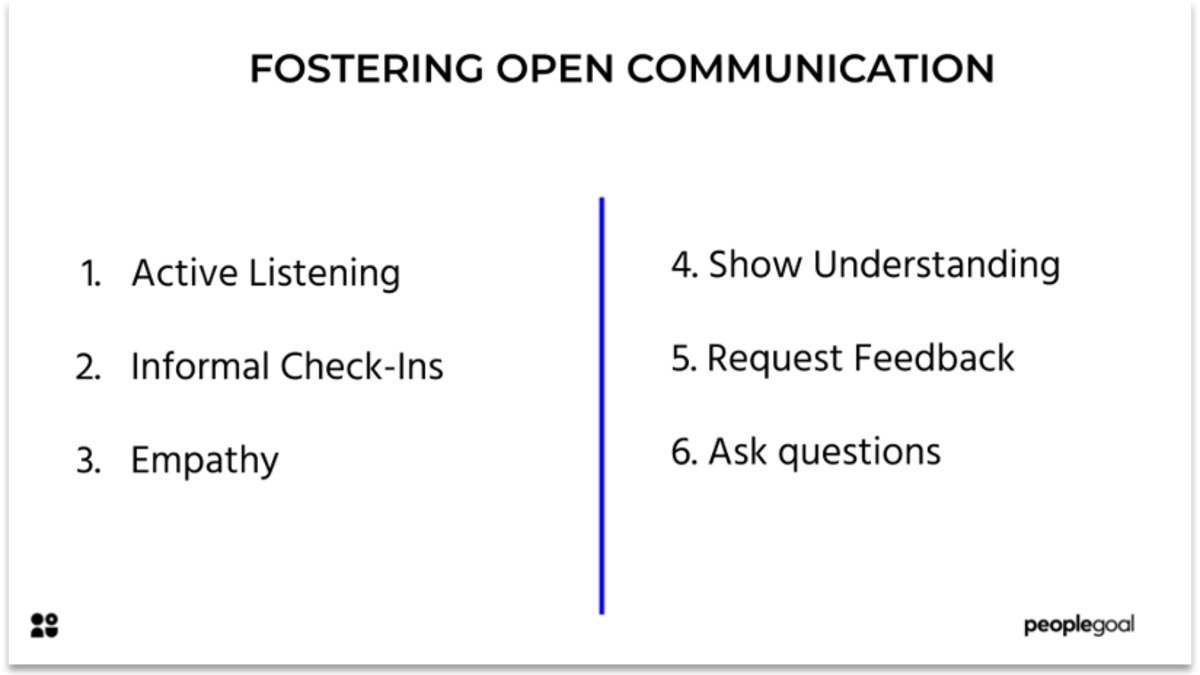
3) Don’t assume pay is the cause
According to a study by Gallup, pay is not the most common reason for leaving a job (22%). ‘Career advancement and promotional opportunities’ take the highest share at 32%, with a ‘Lack of fit to job’ taking 20% and ‘Management and general work environment’ accounting for 17% of leavers. It is revealing that the most common causes are to do with development and work environment.

Staff leaving for career progression may indicate that your company is not adequately recognizing their talents. Are you overlooking certain individuals when it comes to promotion? If so, employee recognition could go a long way to improving your turnover rate.
4) Managerial self-awareness
To tackle high employee turnovers, managers need to turn inwards. Have there been occasions where you created a stressful, disorganised, or uncomfortable environment for your team? Have you overlooked the hard work or challenges of certain staff? Perfectionism can make self-awareness frightening- especially when we hold the belief we are either “good” or “bad” at our job with no in-between. You can only get something as complex as a company’s culture right by making many mistakes! The trick is to be honest about them, so that you and your employees can make positive change.
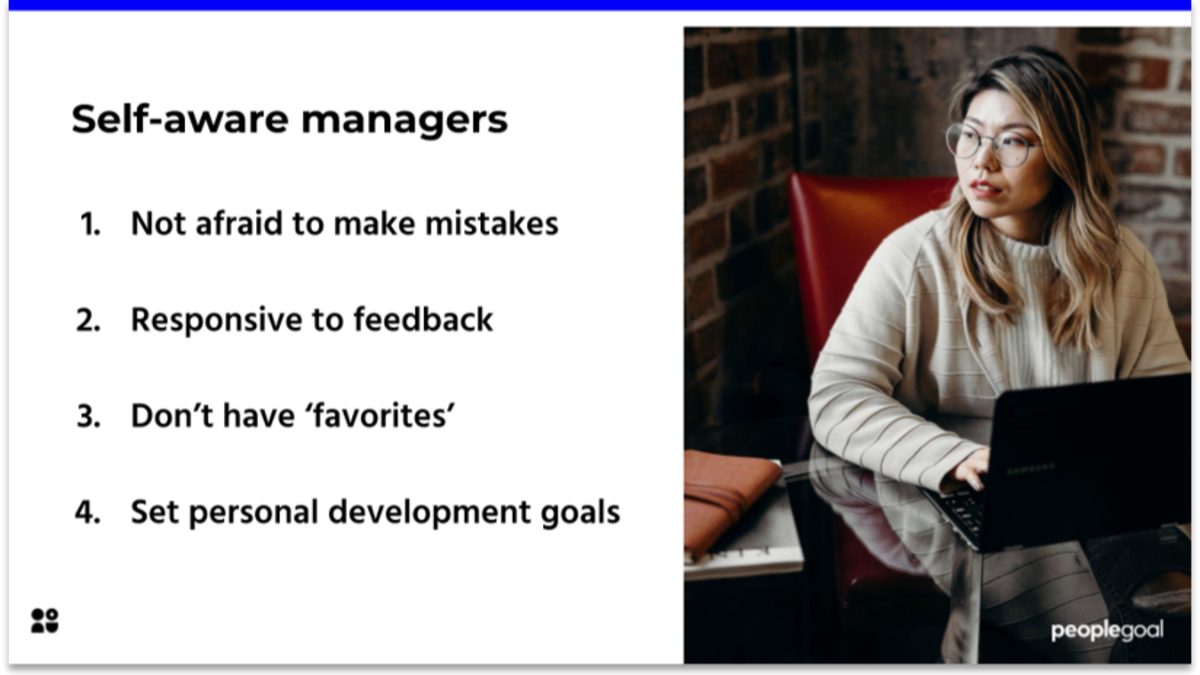
5) Make the most of exit interviews
Exit interviews are rarely enjoyable. But they are an opportunity to leave ex-employees on a note of good will. Managers should listen actively to the reasons the employee gives for moving on. Pay attention to body language and subtext – indirect communication is frequent in such situations as people fear making offence. Try not to take things personally – remember work environments can always be improved and clear feedback will allow you to do just that.
Comprise a set of questions beforehand. Inevitably, personal feelings about a company will be at the forefront of the conversation – where possible, and without pressuring the interviewee, try to trace these feelings back to events, experiences and encounters.

6) Expand learning and development
Gallup research suggests that businesses who invest in staff development boost their profitability by 11% and are twice as likely to retain employees. This doesn’t have to be costly. Mentoring can help employees set actionable goals. It provides an opportunity for them to be open about what they expect and want from their career.
Make sure employees aren’t tied to the same tasks. Drive engagement by asking them what other areas of the company they would like to explore.
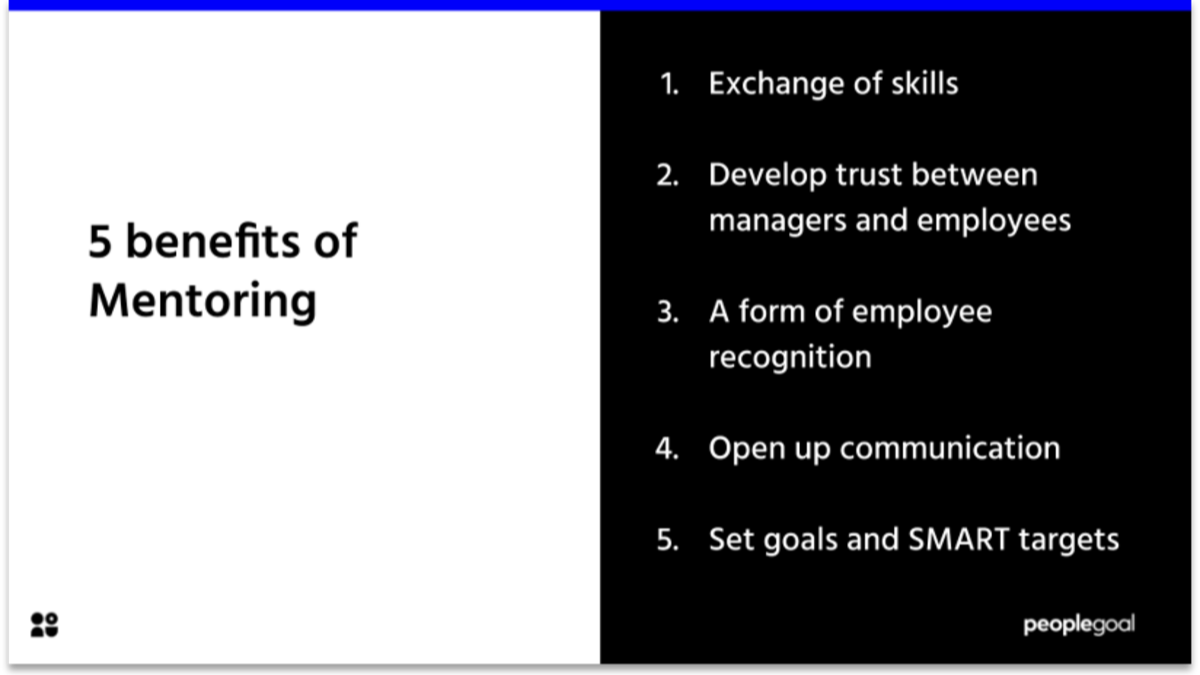
7) Encourage manager feedback
For manager feedback to work, managers need to emphasize that they want constructive feedback. Fears about job security can make feedback unreliable. The process must be anonymous. Allow a safe space for employees to voice concerns or point out areas for improvement. This will avoid the nasty surprise of a sudden resignation, as any issues are more likely to be addressed in advance.
👉 Click here for 6 examples of constructive feedback for performance reviews
Turning over a new leaf
A high turnover rate is a sign it’s time for change. Use surveys, check-ins, exit interviews and feedback to highlight what areas need improvement. When it comes to retaining staff, a blanket approach is needed. If managers and HR do this well –they will retain great talent that will grow with your company. If you want to learn more about how to cultivate a thriving work environment, read our Employee Engagement Essential Guide.
Ready to 3x Your Teams' Performance?
Use the best performance management software to align goals, track progress, and boost employee engagement.






